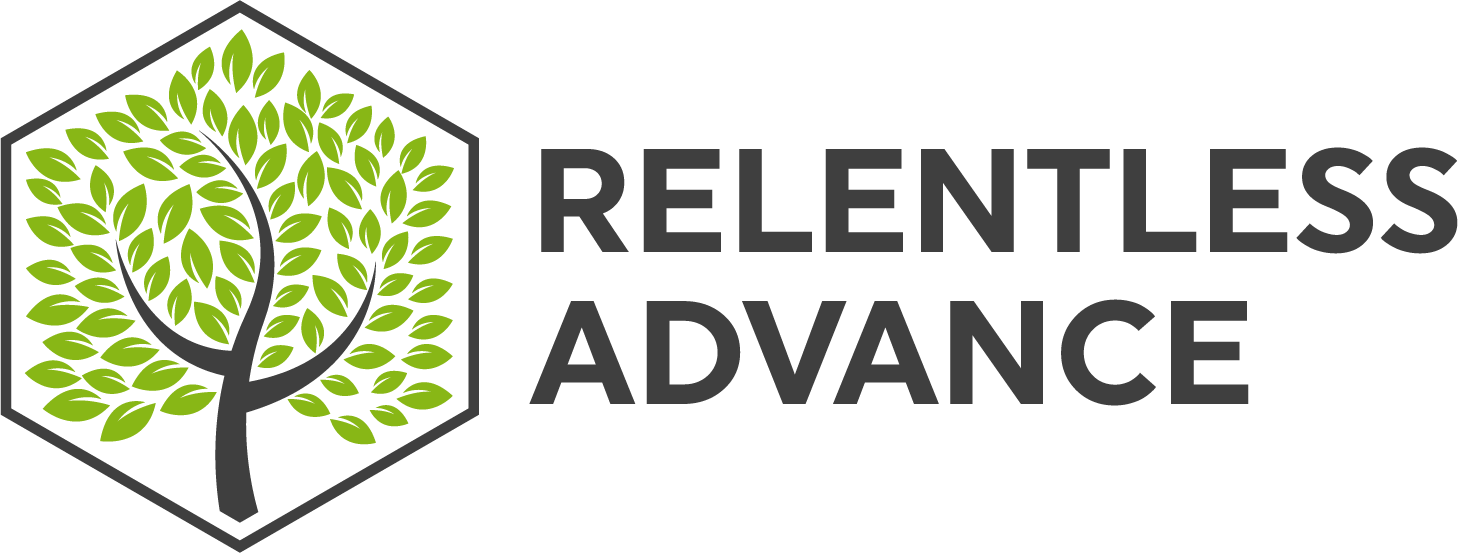Current Social Work Trends
I stumbled onto a blog post/article while looking up some of the current trends in social work. The link to the original post is below. But it caught my eye.
http://www.goodtherapy.org/blog/the-important-role-social-workers-play-in-mental-health-1214157
I think this article really speaks to people who want to get into the profession who aren’t enrolled in the educational requirements or licensing requirements yet.
When I wrote my admission essay for my MSW program, I talked a lot about some of social work’s key values. I focused on self-determination, social justice, and dignity. One of my main topics was the feminization of poverty, which I do not believe gets nearly enough attention in just basic awareness campaigns. You can link so many issues to the feminization of poverty, such as pay equity, non-subsidized child care, comparable worth, child support, and economic support services.
As someone with an MSW and an advanced practice license, mental health is still an increasing but also still developing issue in the field. When you combine mental health with trauma or the ways in which people react to crises, there are several varying beliefs or intervention techniques among professionals. We are seeing a lot of hot button issues surrounding trauma-informed care, crisis intervention, and institutionalization. (Note: I love words that end in -zation)
In a future post, I will further discuss what I have been researching and interviewing other professionals about in regards to reactions to client traumas and crisis events.
However, one topic I have really focused my attention on is addiction and prescription drugs in relation to the correctional system. As I have mentioned in previous posts, I am working on getting my Substance Abuse Counselor certifications (SAC-IT/SAC). And I currently volunteer in a peer support group for formerly incarcerated adults on and off DOC supervision. Prescription drugs are a very big business in the prison system, as is addiction. Since the 1970’s, the US has been trying to move away from institutionalization. However it does not appear that way when focusing on incarceration rates.
The WI DOC’s 2015-2017 budget is just over $1.2 billion.
(page 14 in pdf below)
http://doc.wi.gov/Documents/Web/About/DataResearch/Budget/Final%20Biennial%20Budget%20request-091514.pdf
And in the additional document below, WI’s current prison population is just over 22,000 inmates. The capacity however is around 16,000.
http://doc.wi.gov/Documents/WEB/ABOUT/DATARESEARCH/NOTABLESTATISTICS/FRIDAYREPORTS/fri_12_18_2015.pdf
So we are seeing some definitive needs when it comes to community support programs and agencies that keep people out of the prisons and remain in the community.
